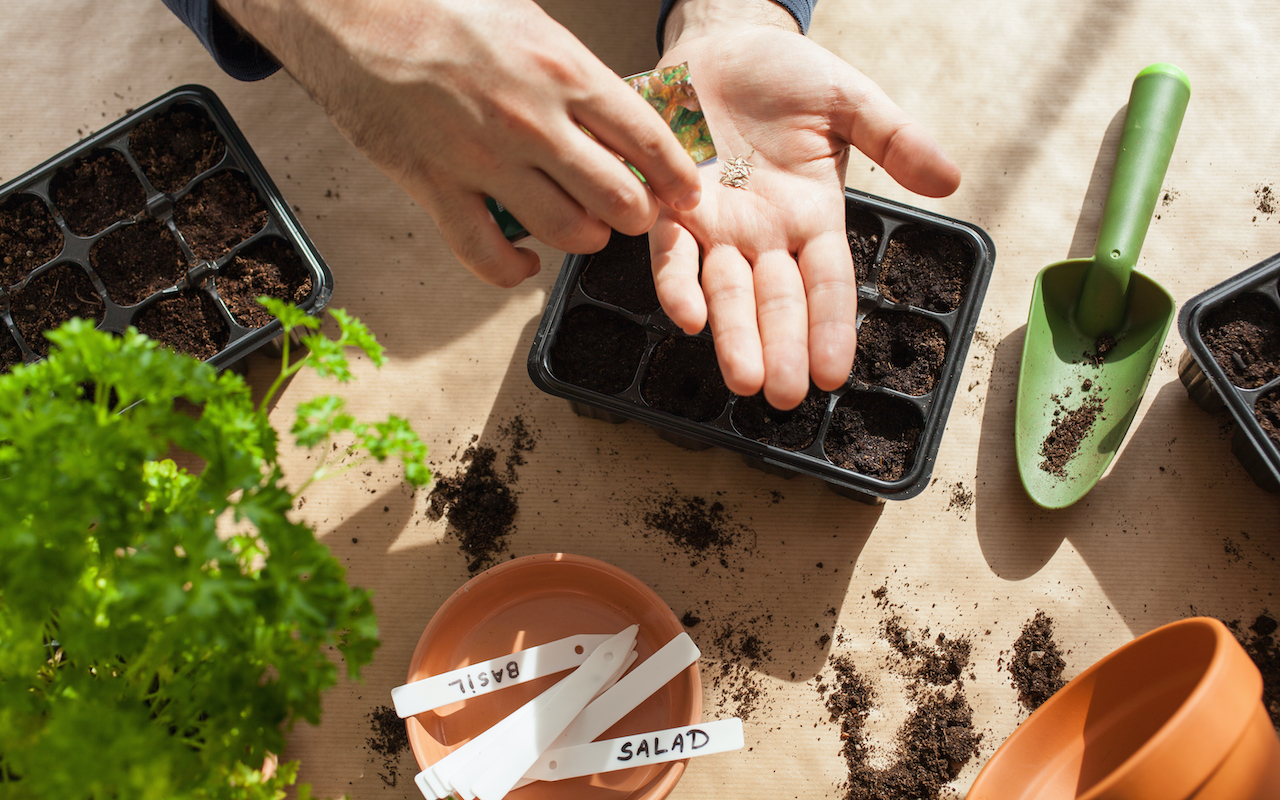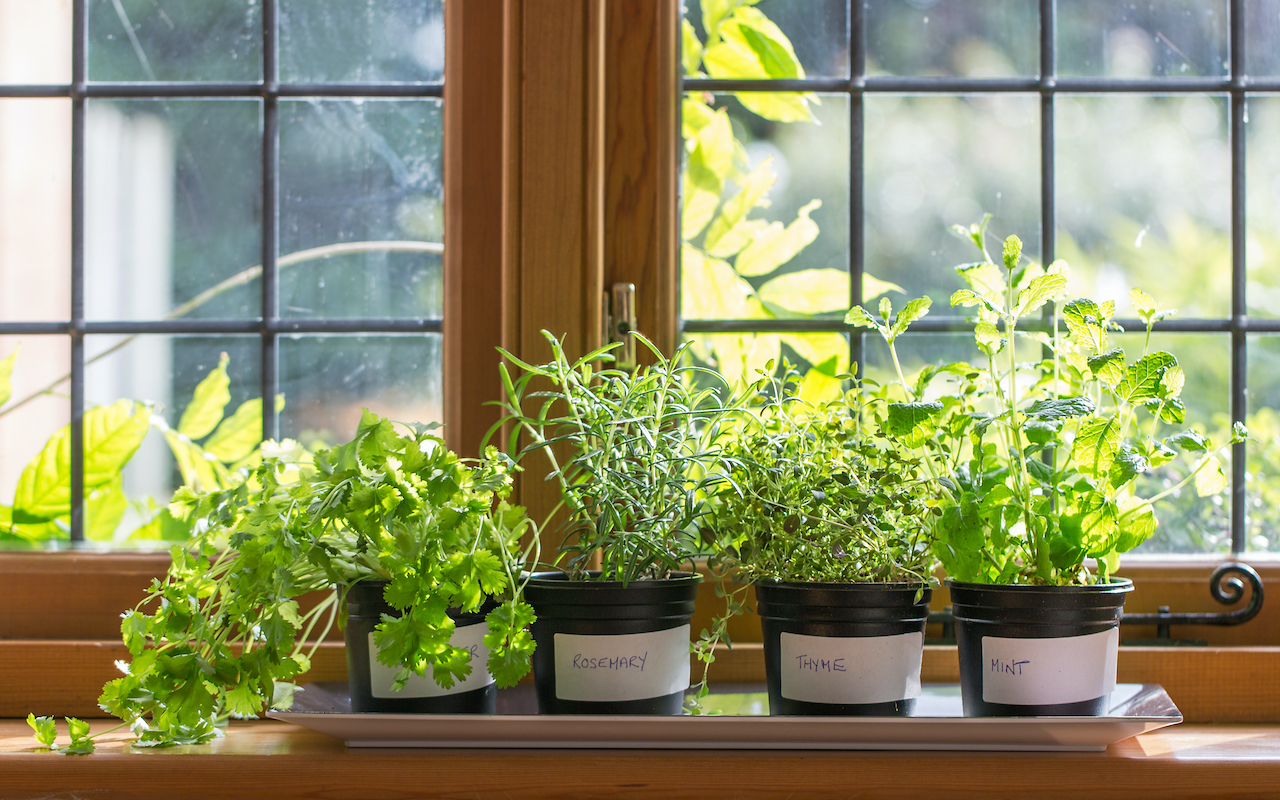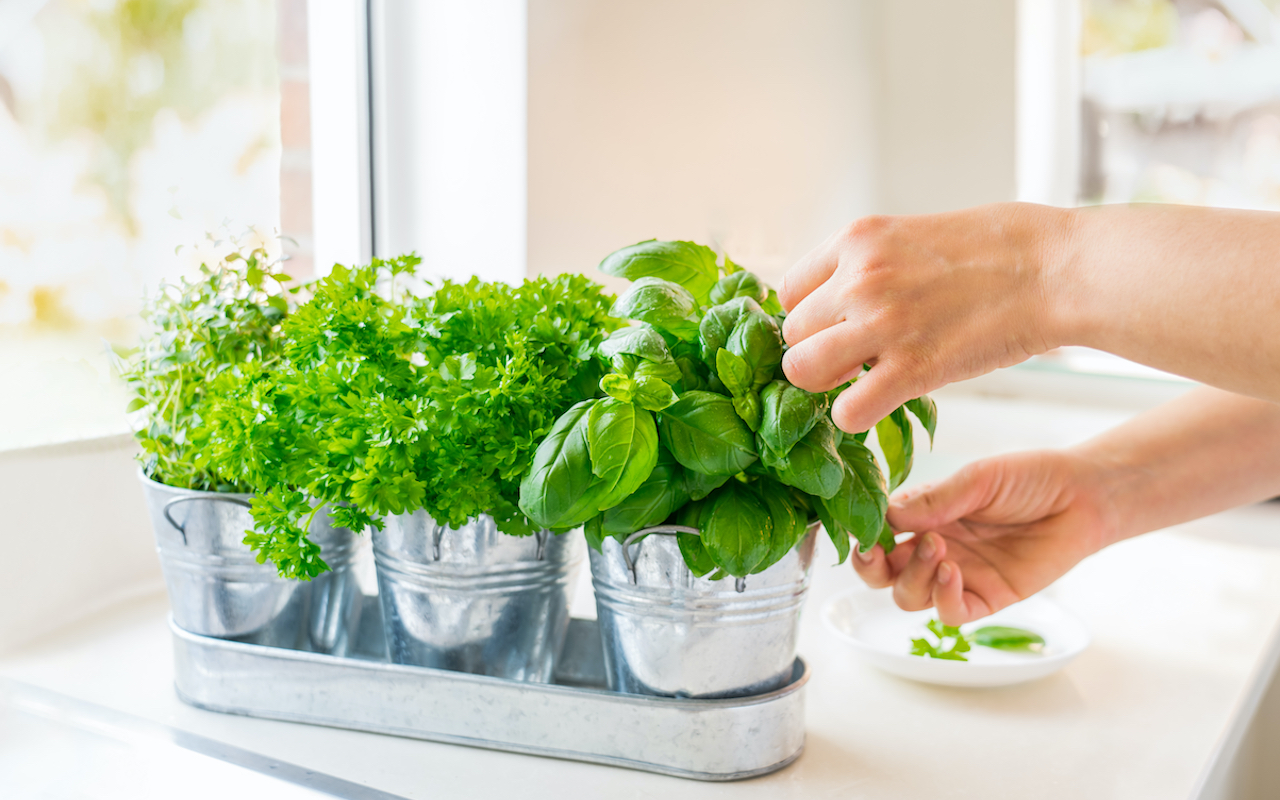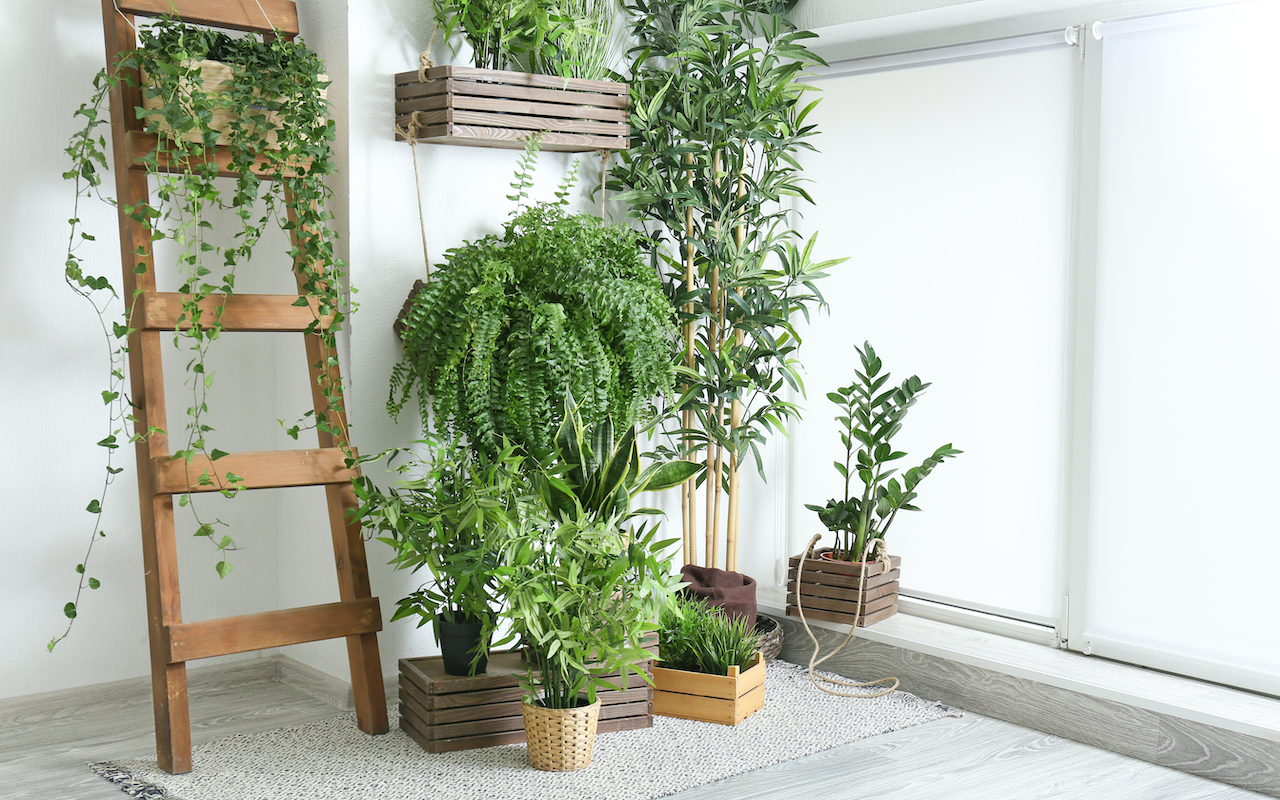
For an island city-state like Singapore, the ongoing Covid-19 crisis has once again underscored the importance of having an adequate and sustainable food supply. The current supply chain disruptions have given new urgency to Singapore’s existing goal to produce 30% of its nutritional needs by 2030.
In view of this goal, the National Parks Board (NParks) has launched an initiative to double the number of community garden plots by 2030. The plan also includes the distribution of free seed packets to encourage regular people to grow their own produce at home.
An at-home garden project isn’t as far-fetched as it might sound, and has many advantages. Not only will it give you a quiet sense of accomplishment, it’s therapeutic, brightens your home and instills an appreciation for nature. Best of all, you also waste less by only taking what you need, rather than buying pre-determined amounts from the grocery store, and the produce is always fresh.
There are plenty of unfussy herbs and green veggies you can work with, but here are some general tips to get you started on an indoor herb or vegetable garden.

1. Sunlight, sunlight, sunlight
Make sure the area you’ve placed your pots in gets plenty of sunlight. Edible plants need about four to six hours of direct sunlight – but bear in mind that too much will also lead to overexposure. If your house is naturally cool and shady, consider an artificial light. Your plant spot also has to have the right temperature – the pots shouldn’t be near heating vents or directly in front of the air conditioner, for example.
2. Check your pots
Ensure you have the right containers as this will determine whether your future produce grows happily and well. Make sure there’s adequate drainage to prevent water logging. You’ll also want to make sure the pots are not too small, as the plants will become root-bound and be unable to get sufficient water and nutrients. Too big, and the plants could dry out too fast. You can also do a finger test by touching the soil to feel if it’s still damp. If it is, you can skip a watering session. Furthermore, it’s important to check your pots regularly to ensure there’s no stagnant water that could cause mosquito breeding.

3. Choose the right plants
Different types of plants require different levels of maintenance. With Singapore’s sunny weather and high humidity, getting non-native herbs and plants to grow successfully might be challenging. As a start, check out this page from NParks, which has an informative table on conditions that favour various types of plants, as well as other tips. Beginners can try growing Thai basil and mint, or vegetables such as tomato, brinjal, lady’s finger and long bean. If you have some experience, grow leafy greens such as chye sim, bok choy and kai lan.

4. Consider the space
If you don’t have enough floor space, you could try setting up a vertical garden instead. There are plenty of ways to suspend your pots: wooden ladders, macramé plant hangers, trellis planters, multi-tier stands, wall grid panels and more. They are functional and stylish at the same time.
5. Get proper tools
A basic starter kit you can buy from any reputable plant nursery includes a rectangular trough with drainage holes at the bottom, potting soil and compost mix. Make sure you obtain gardening scissors, a watering can with a long, narrow spout and a spade.
To learn more, NParks has a series of videos to guide gardeners of various experience levels. You can view them here and here. For NParks’ brochures on growing various plants and herbs, visit here. Marina Bay Sands also has tips on how to grow certain plants, such as chilli, rock melon and coriander, here.
SEE ALSO: Five of the world’s coolest urban rooftop farms
The post Tips on starting an indoor garden in Singapore appeared first on SilverKris.
from SilverKris
No comments:
Post a Comment